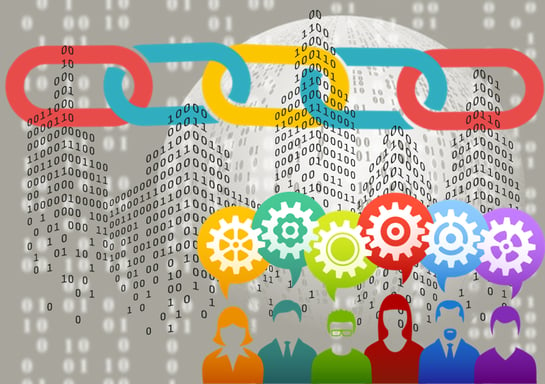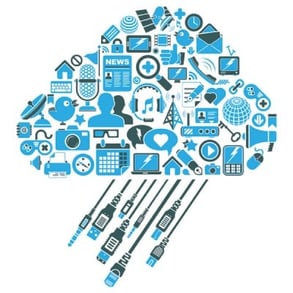REDWOOD LOGIN
Redwood PortalLTL
SCS
SCS Support
Rockfarm
I think we can safely assume by now that anyone working in logistics is well aware of the immense technological advances that have permanently altered supply chain management. State of the art technology gives unparalleled insight into what makes supply chains tick, including areas prime for optimization and or automation so that suppliers are better able to remain competitive in their industries.
This astounding level of innovation has led to what is now known as the digital supply chain or more plainly a supply chain managed via automated systems and web or cloud based solutions. Digital supply chains provide businesses to better collaborate with suppliers, shippers and other third party resources. They take advantage of automation to both gather data and streamline previously manual processes to reduce waste and increase productivity. And they are better able to react and more importantly predict possible issues, errors or other negative outcomes before they happen. They are, in essence, totally connected to each moving part in the supply chain—something that traditional supply chains using manual processes could never achieve.
But what exactly is contributing to the continued evolution of the digital supply chain as businesses continue to become even more intelligent about the use of data and technology as a competitive advantage? Four key factors have given way to never before seen digitization and analytics for top-of-the-line supply chain performance that’s only going to become more advanced.

Traditionally, when businesses have wanted to define optimization and gauge whether or not they had achieved it they looked at internal measures to see how they stacked up to optimization goals. However, as we mentioned, digital supply chains emphasize connectedness, meaning that going forward the best measure of optimization won’t be found by simply looking at one company’s performance. Instead, new technology will continue to allow companies greater insight into the performance of their logistics network as a whole. And optimization will be defined based on how the network works together as an interconnected unit—not as individual businesses.
The IoT or the Internet of Things will continue to play a large role in the digitization of the supply chain. The IoT is simply the network of connected devices and software that can gather data and exchange information. And current technology has already come a long way in regards to giving businesses vital information that allows for improving processes and better managing product production, warehousing and shipping.
However, true digitization will require even more advanced interconnectedness to achieve optimal results. For example, sensors on a truck gather road condition data and sending it back to a specific location is useful. But having that same data sent to specific shipping software of the receiving company and triggering an exception and triggering an automatic response based on the information received (like bad weather) is powerful.

Transportation management systems are nothing new. However, earlier systems typically were limited in their visibility to the particular business that was using them. They were ideal for monitoring internal processes and performances but left them siloed and unable to better manage the factors outside their internal control.
Cloud based TMS systems allow businesses to break out of these individual silos and connect with the systems of other companies in their transportation network. This means they’re better able to see what factors affect the success of their shipments, their costs, and overall performance. And that insight allows them to create strategies to reduce waste (of money, resources, and time) and create efficient processes that give them the best chance for continued success.
The digital supply chain will also include smart robotics that continues to eliminate low hanging manual processes in distribution centers. These robotic solutions could include tasks such as picking and packing designated items and will be able to do them with two to three times the speed of human workers. Robotics will allow businesses to automate specific processes on a case by case basis instead of company-wide automation, which is much more complicated to install and execute. These individual areas of automation will improve overall warehouse management and contribute to a more efficient supply chain.
At this point, no one can predict with 100% accuracy how the digital supply chain will continue to evolve over the next few years. But what we do know is that these four key areas of technology will continue to provide businesses with new ways to optimize their performance.